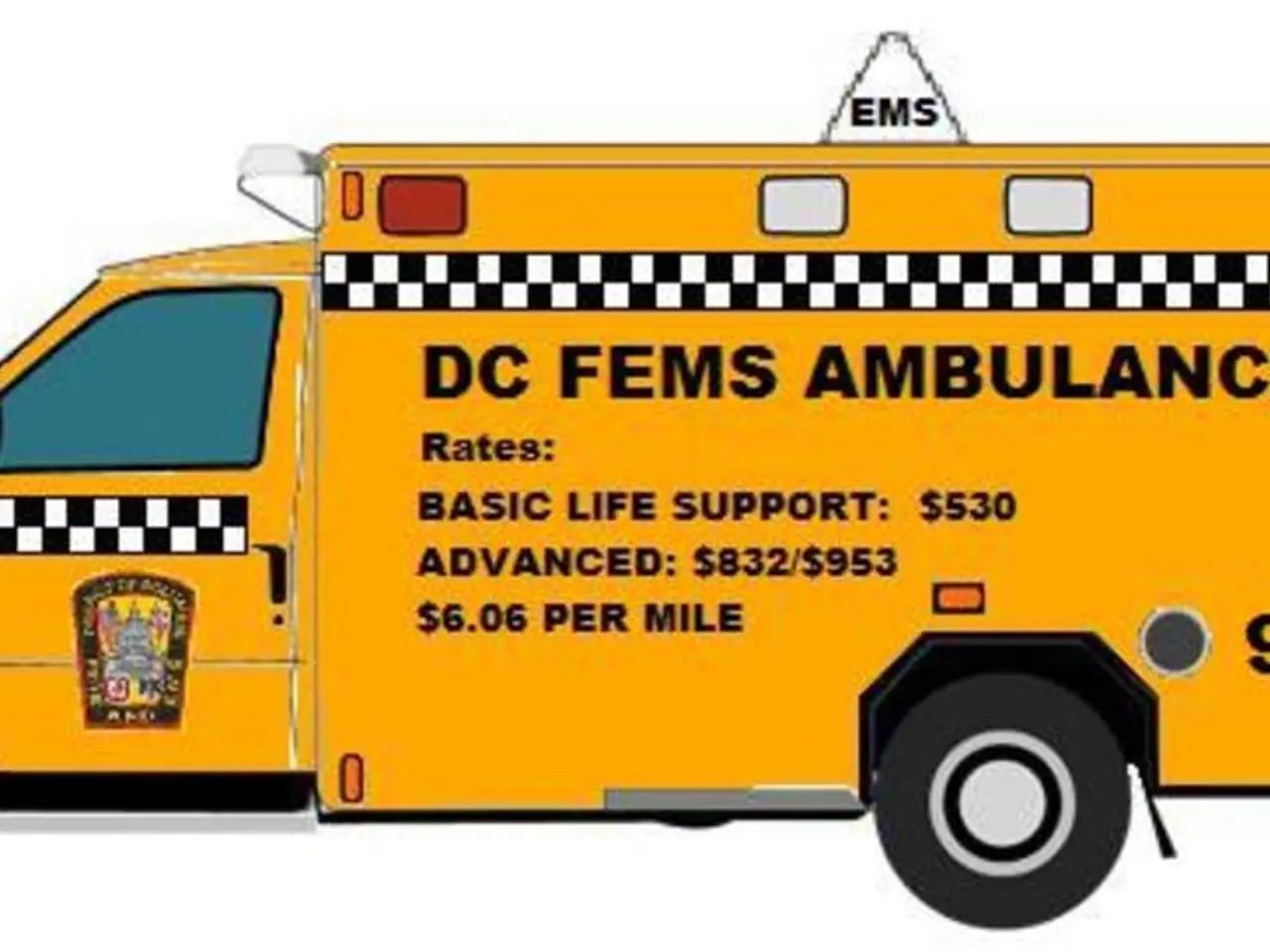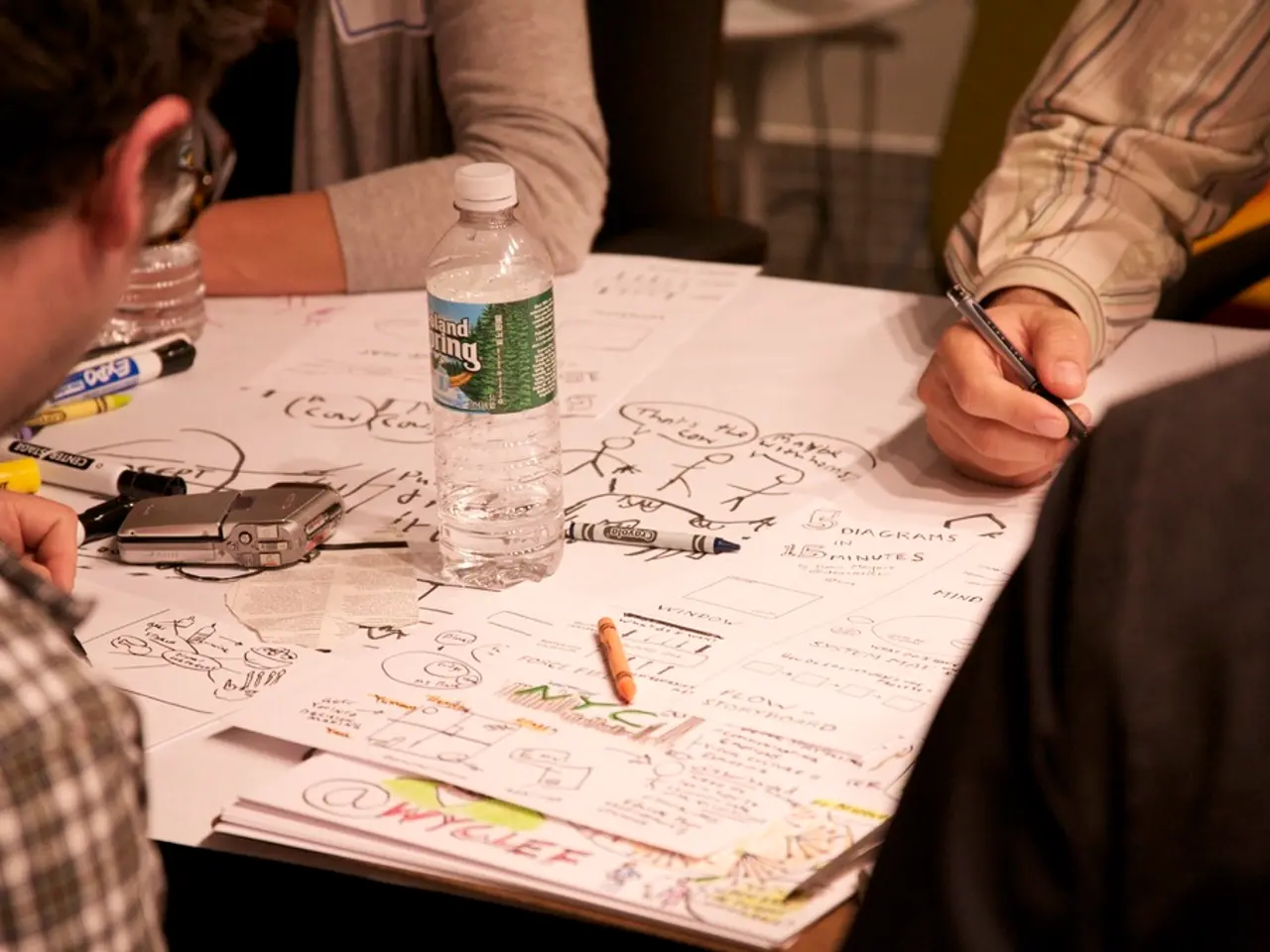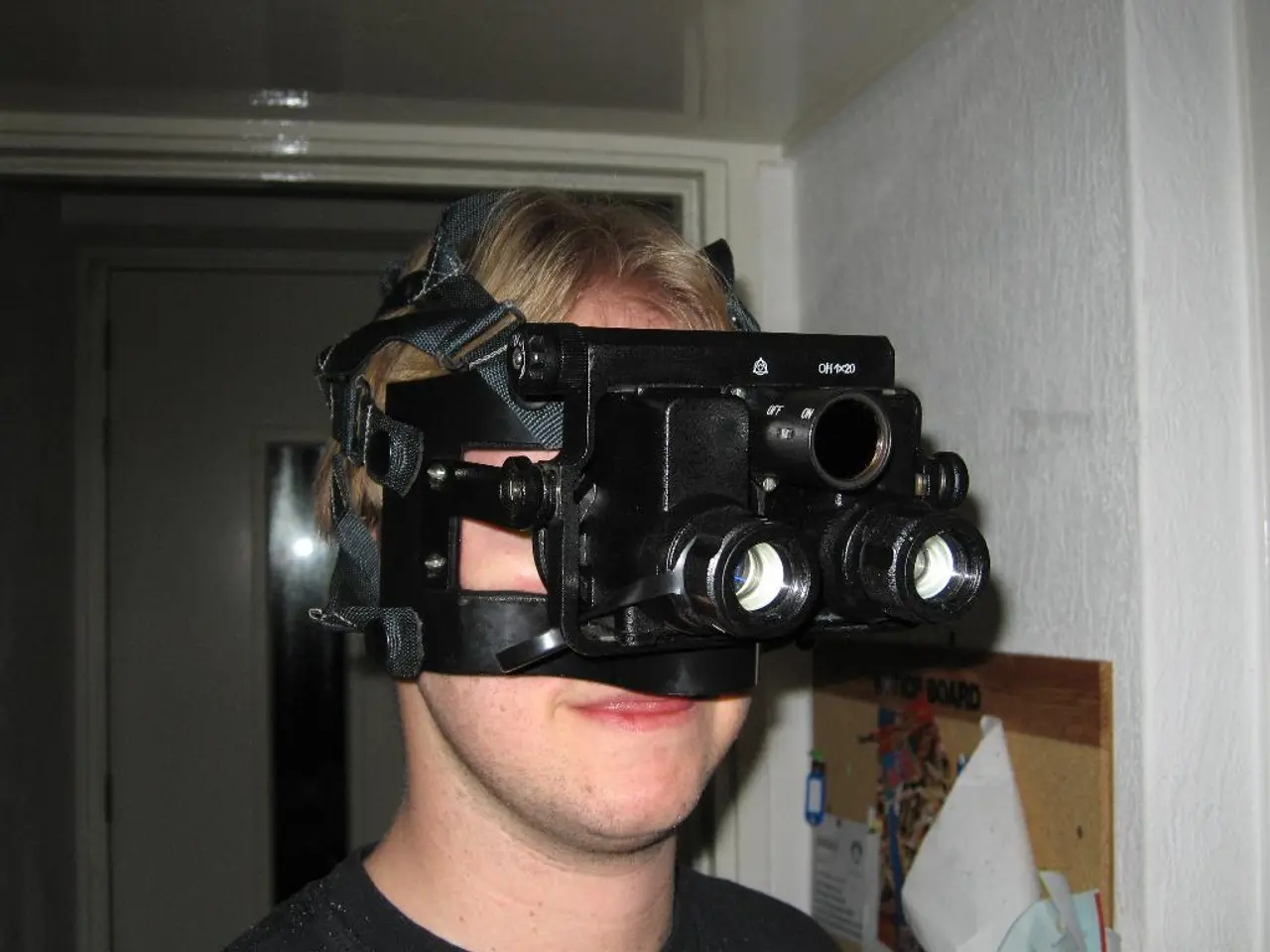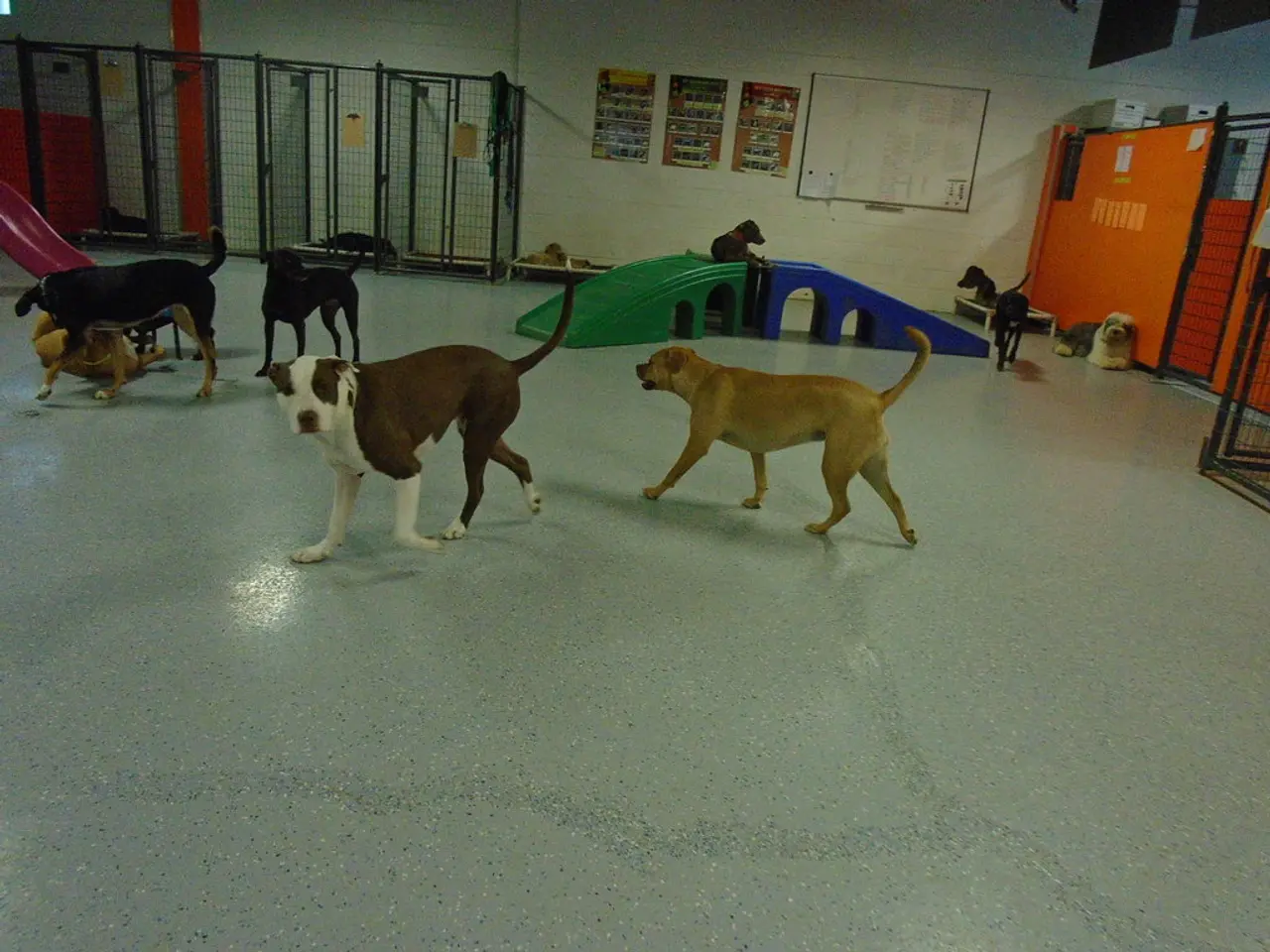Various options for learning CPR are accessible to the public
In an emergency situation, knowing how to perform Cardiopulmonary Resuscitation (CPR) can be a matter of life and death. CPR is an essential life-saving procedure used when someone's heart has stopped beating. This guide will walk you through the steps to learn CPR, and the options available from the American Heart Association (AHA) and American Red Cross.
CPR consists of three main steps: call 911, position the person on a firm, flat surface, and begin chest compressions. In many situations, chest compressions alone (hands-only CPR) are adequate. This manual technique is designed to keep blood flowing through the body until a regular heartbeat can be restored, as the body already contains sufficient oxygen to preserve organ function until medical help arrives.
Heart disease is the most common cause of sudden cardiac arrest. Other situations that can require CPR include near-drowning, smoke inhalation, severe allergic reaction, drug overdose, asthma attack, poisoning, or traumatic injury. Learning CPR is a skill that your children will be able to take with them as they grow up, making your family, and the people around you, safer for it.
The AHA and American Red Cross offer CPR training classes for adults and teenagers. Both organizations require successful completion of both online knowledge and in-person skills components to obtain certification valid for two years.
American Heart Association (AHA)
The AHA offers two main CPR courses: the Heartsaver® CPR AED First Aid Hybrid Course and the Basic Life Support (BLS) for Healthcare Providers Course.
The Heartsaver® CPR AED First Aid Hybrid Course is a combination of online and in-person training. The online part covers basic CPR, AED, and first aid knowledge. After completing the online course, enroll in and attend the in-person skills session at a certified training center.
The BLS for Healthcare Providers Course is intended for healthcare professionals and includes adult and pediatric CPR, two-rescuer scenarios, and AED use. This course consists of an online Heartcode BLS course followed by a scheduled in-person skills assessment session.
American Red Cross
The American Red Cross offers both in-person and online CPR courses for adults and youth. Online courses involve an online knowledge portion completed at the learner’s pace, followed by an in-person skills session to demonstrate proficiency.
Summary
| Organization | Course Type | Format | Enrollment Process | Certification Validity | |-----------------------|----------------------------------|-----------------------------|-------------------------------------------------|-----------------------| | American Heart Assoc. | Heartsaver® CPR AED First Aid | Hybrid: Online + In-person | Buy and complete online course; register for in-person skills class | 2 years | | American Heart Assoc. | Basic Life Support (BLS) | Hybrid: Online + In-person | Complete online Heartcode BLS; schedule in-person skills exam | 2 years | | American Red Cross | CPR/AED for Adults & Youth | Online + In-person | Register on Red Cross website; complete online portion, then in-person session | 2 years |
How to Enroll
To enroll in CPR classes for adults and teenagers offered by the AHA and American Red Cross, follow the steps provided for each organization. CPR training classes can be taken in person, online, or as a blend of both, and typically last about two hours. The cost of CPR training varies depending on the type of class and certification involved.
By learning CPR, you can help save lives and empower your family with essential life-saving skills. More than 350,000 people in the United States suffer from sudden cardiac arrest each year, making it crucial for as many people as possible to be trained in this lifesaving technique. Visit the respective websites or contact authorized local training centers near you to sign up for a class today.
Here are the sentences that contain both 'science' and 'health-and-wellness':1. Learning CPR is a skill that your children will be able to take with them as they grow up, making your family, and the people around you, safer for it. This not only empowers them with life-saving skills but also contributes positively to the overall health-and-wellness of the community.2. CPR training classes for adults and teenagers, provided by organizations like the American Heart Association and American Red Cross, serve as avenues for lifelong learning in the science of health-and-wellness, offering the opportunity to master lifesaving techniques.




